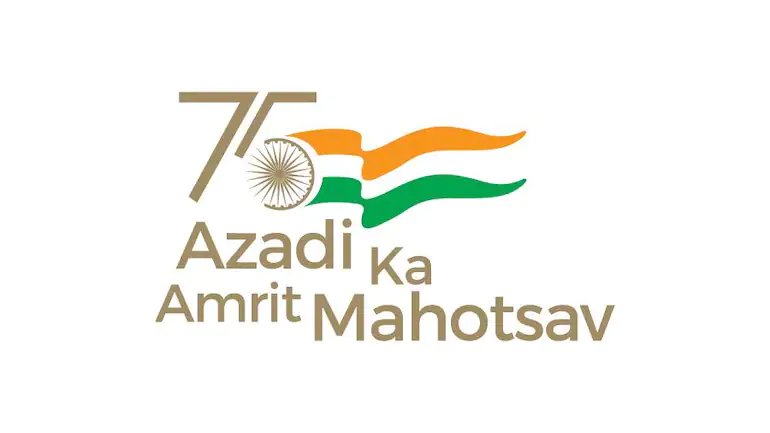INTRODUCTION:
~India is currently $3.3 trillion economy and aims to be $5 trillion economy till 2025.
~India surpassed China as the fastest growing economy of the world with GDP(Gross Domestic Product) rate increased from 7.9% to 8.2% in 2022, actually its approximately 2 times Chinese economy i.e., 4.4% because 4000 banks in China reported to be going bankrupt.
~Indian economy has bounced back owing to improvement in electricity generation, better mining production, rebound in the farm output and higher flow of foreign investment.
~Indian GDP dependency:
54% - Service Industries
29% - Industrial Sector
17% - Agricultural Sector
~ Currently, India constitutes half a billion workforce.
RECAP FROM POST INDEPENDENCE:
~Immediately after Independence India focused on growth of public and rural sector. But from 1960s Agriculture in India witnessed Green Revolution(by M.S. Swaminathan) which brought new modern industrial system with adoption of technology(Use of HYV seeds, mechanized farm tools, pesticides, irrigation facilities, fertilizers).
~ The first liberalization of the economy was taken up in mid 1980s by easing restrictions on capacity expansion, reduced corporate taxes and removed price controls.
~ As Indian economy was primarily import driven, In 1991 due to high balance of payments India faced a serious economic crisis which resulted in severe depletion of foreign exchange reserves.
After getting IMF(International Monetary Fund) bailout in return of 67 tons of Indian Gold reserves as collateral, India initiated LPG( Liberalization, Globalization, Privatization) Policy some of the salient highlights are:
#Foreign Technology Agreements to allow transfer of technology for setting production lines in India.
#Encouraging Foreign Investments by easing regulatory norms.
#Industrial licensing policies were relaxed and made investor friendly.
#Initiation of privatization commenced through public-private partnership.
#Removing certain Trade Barriers.
#Steps to regulate inflation.
#Tax reforms were proposed and uniform taxation policy was initiated.
Outcome of these re-organisations are mostly positives which rose the overseas investment from a mere $132 million in 1991-1992 to $5.3 billion in 1995-1996 in the country.
MEASURES TAKEN:
~Initiated Production Linked Incentive(PLI) Schemes in 13 sectors.
~Mega Investments in Textile Parks (MITRA), 7 such parks were created
~Expansion of National Infrastructure Pipeline(NIP), by adding 7400 projects.
~India's step to boost MAKE IN INDIA campaign for self reliance.
~Sharp increase in the capital budget
IMPORTANT POINTS TO PONDER:
~RUPEE DEPRECIATING AGAINST DOLLAR!!
#India imports more than it exports and payments to exporters are based on Dollars so the demand of Dollar increases.
#US steps in WW-I and WW-II to be "War Merchant first and then War Participant" and policies like "Bretton Woods Agreement", "Love Affair of US with Oil" has made US a strong global currency.
#RBI's new strategy can kill US Dollar dominance.....
Now domestic traders can settle their trade with Indian Rupee as US has sanctioned to seize $300 million of Russia from Swift network which created challenges for various countries to trade with Russia and get goods at much cheaper cost.India can also trade with other US sanctioned countries like Venezuela and Iran. This list also includes UAE.
~INFLATION RISING IN INDIA!!
#Inflation is increase in rate of price of goods over a period of time and occurs when the demand is more than the supply.
#The agricultural scarcity accruing due to climate change, damage of transit,and lack of cold chains/warehouses for storing food grains creates a scarcity causing high inflationary pressure.
#The high cost of labor increases the production cost and leads to high in price for the commodity.
Hence, enhanced demand due to growing middle class population and reduced supply due to scarcity of commodities or it's high production has resulted in rise in inflation.
CONCLUSION:
Following steps can be taken for maintaining sustained growth path for the Indian Economy;
~Promoting manufacturing sector(investment vitalized in R&D, skilled workforce, world class infrastructure to attract FDI, consistency in policy)
~Deregulation of processes and decentralization of authority to speed up results in grounds.
~Impetus needs to be given to Agricultural sector by putting money in the pockets of farmers, better pricing of agro-products, warehousing of storage and minimizing losses of food products and qualitatively improving crops.
~Retrospect taxation and Tax Terrorism . The taxation policies must be clear, concise and standardized.
~Strict regulation for imports of mass consumption commodities and compel such brands "Manufacture in India for Consumption in India".
"India is currently the import driven country and to be a economical superpower, India has the largest youth population which is an asset for us, so investment of resources in the right field can boost the domestic industries of India to attract countries in the South-East Asia, Central Asia, and even the Middle East for Indian Manufactured Goods that will consequently improve the economy of India."








No comments:
Post a Comment